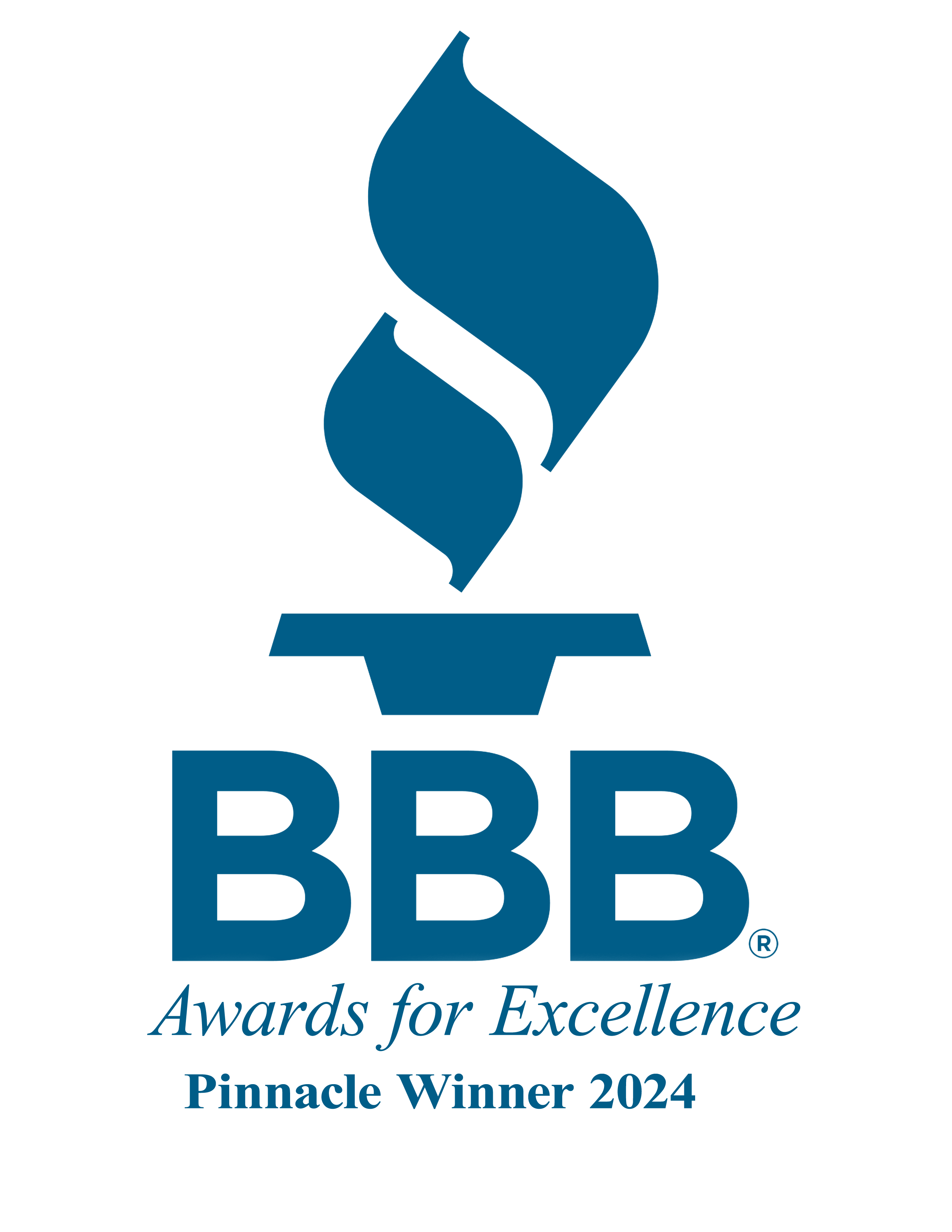
Emergency Family and Medical Leave Expansion Act – Impacts You if You Have Less Than 500 Employees
Expanded Coverage and Eligibility – The Act significantly amends and expands FMLA on a temporary basis.
- For this emergency FMLA leave expansion provision only, the current employee threshold for FMLA coverage would change from only covering employers with 50 or more employees to instead covering those employers with fewer than 500 employees. As a result, thousands of employers not previously subject to the FMLA may be required to provide job-protected leave to employees for a COVID-19 coronavirus-designated reason.
- Any employee who has worked for the employer for at least 30 days prior to the 1st day of designated leave may be eligible to receive paid family and medical leave. The Act now includes language allowing the Secretary of Labor to exclude healthcare providers and emergency responders from the definition of employees who are allowed to take such leave, and to exempt small businesses with fewer than 50 employees if the required leave would jeopardize the viability of their business. ( We don’t yet know if there is a process for this exemption or how that will work.)
- Eligible Reason for Emergency Leave –The only reason an employee request and take this emergency FMLA expansion leave is to allow the employee, who is unable to work or telework, to care for the employee’s own child (under 18 years of age) if the child’s school or place of care is closed or the childcare provider is unavailable due to an official public health emergency. This is the only qualifying need for Emergency FMLA .
- Amount of FMLA Expansion Leave – Up to 12 weeks of job-protected leave
- The first 10 days of Emergency FMLA may be unpaid. During this 10-day period, an employee may voluntarily elect to substitute any accrued paid leave (like vacation or sick leave) to cover some or all of the 10-day unpaid period.
- After the 10-day period, the employer generally must pay full-time employees at two-thirds the employee’s regular rate for the number of hours the employee would otherwise be normally scheduled.
- The Act limits this pay entitlement to $200 per day and $10,000 in the aggregate per employee.
Calculating Pay for Non-Full Time Employees – Employees who work a part-time or irregular schedule are entitled to be paid based on the average number of hours the employee worked for the six months prior to taking Emergency FMLA. Employees who have worked for less than six months prior to leave are entitled to the employee’s reasonable expectation at hiring of the average number of hours the employee would normally be scheduled to work.
Job Restoration – Employers with 25 or more employees will have the same obligation as under traditional FMLA to return any employee who has taken Emergency FMLA to the same or equivalent position upon the return to work.
However, employers with fewer than 25 employees are generally excluded from this requirement if the employee’s position no longer exists following the Emergency FMLA leave due to an economic downtown or other circumstances caused by a public health emergency during the period of Emergency FMLA. This exclusion is subject to the employer making reasonable attempts to return the employee to an equivalent position and requires an employer to make efforts to return the employee to work for up to a year following the employee’s leave.
Effective Date and Expiration – This program will become effective April 2nd and remain in effect until December 31, 2020.
Emergency Paid Sick Leave Act
This paid leave act is in addition to any paid leave a company already provides, and employers cannot make this run concurrent with their Company paid sick leave – it is in addition to. Companies are prohibited from changing their own leave policies in response to this paid leave act.
Reasons for Paid Sick Leave –This Act allows an eligible employee to take paid sick leave if they are unable to work or telework for ONLY these reasons.
Because the employee is:
1. subject to a federal, state or local quarantine or isolation order related to COVID-19;
2. advised by a health care provider to self-quarantine due to COVID-19 concerns;
3. experiencing COVID-19 symptoms and seeking medical diagnosis;
4. caring for an individual subject to a federal, state or local quarantine or isolation order or advised by a health care provider to self-quarantine due to COVID-19 concerns;
5. caring for the employee’s child if the child’s school or place of care is closed or the child’s care provider is unavailable due to public health emergency; or
6. experiencing any other substantially similar condition specified by the Secretary of Health and Human Services in consultation with the Secretary of the Treasury and the Secretary of Labor.
Paid Sick Leave Eligibility – This provision requires employers with fewer than 500 employees to provide full-time employees (regardless of the employee’s duration of employment prior to leave) with 80 hours of paid sick leave at the employee’s regular rate for Reasons 1, 2 and 3 noted in the reasons for Leave (or two-thirds the employee’s regular rate to care for qualifying reasons numbers 4, 5, or 6 listed above). An important change to this section provides an exception for employers who are healthcare providers or emergency responders at their election.
Cap on Paid Sick Leave Wages – The Act places limits on paid sick leave.
- Paid sick leave wages are limited to $511 per day up to $5,110 total per employee for qualifying leave that is to care for themselves (reasons 1, 2, 3)
- and $200 per day up to $2,000 total to care for others (leave reasons 4, 5 & 6).
Carryover and Interaction with Other Paid Leave – This paid sick leave will not carry over to the following year and may be in addition to any paid sick leave currently provided by employers.
Calculating Rate of Pay – Employees who work a part-time or irregular schedule are entitled to be paid based on the average number of hours the employee worked for the six months prior to taking paid sick leave. Employees who have worked for less than six months prior to leave are entitled to the average number of hours the employee would normally be scheduled to work over a two-week period. A business employing fewer than 500 employees is required, at the request of the employee, to pay a full-time employee for 80 hours of mandated emergency paid sick leave instead of the initial 10 days of unpaid leave permitted by the Emergency Family and Medical Leave Expansion Act (summarized above).
Effective Date and Expiration – This program will become effective April 2nd and remains in effect until December 31, 2020.
Tax Credits For Paid Sick And Paid Family And Medical Leave
This section provides a series of refundable tax credits for employers who are required to provide the Emergency Paid Sick Leave and Emergency Paid Family and Medical Leave described above.
These tax credits are allowed against the employer portion of Social Security taxes. While this limits application of the tax credit, employers will be reimbursed if their costs for qualified sick leave or qualified family leave wages exceed the taxes they would owe.
- Employers are entitled to a refundable tax credit equal to 100% of the qualified sick leave wages paid by employers for each calendar quarter in adherence with the Emergency Paid Sick Leave Act.
- The qualified sick leave wages are capped at $511 per day ($200 per day if the leave is for caring for a family member or child) for up to 10 days per employee in each calendar quarter.
- Similarly, employers are entitled to a refundable tax credit equal to 100% of the qualified family leave wages paid by employers for each calendar quarter in accordance with the Emergency Family and Medical Leave Expansion Act. The qualified family leave wages are capped at $200 per day for each individual up to $10,000 total per calendar quarter. Only those employers who are required to offer Emergency FMLA and Emergency Paid Sick Leave may receive these credits.
(We anticipate more information will be coming soon for employers regarding how to apply for these credits)
Notice Requirements for Employers
Employers will also be required to provide notice to their employees through postings and policies. (We anticipate more information will be coming soon for employers on this requirement soon)
In addition to this federal Act, many states are proposing similar emergency legislation to enact or expand their own paid sick leave or family and medical leave laws to cover coronavirus-related issues. Some of these state laws may be in addition to these new requirements at the federal level.
We will continue to monitor this rapidly developing situation and provide updates as appropriate.
FAQ’s
Can an employee who takes emergency paid sick leave be required to find a replacement worker?
The paid sick leave provisions state that an employer may not require an employee to find a replacement worker when the employee takes such leave.
Must an employer pay out unused emergency paid sick leave if the employee separates from its employment?
An employer is not required to pay unused paid sick leave if an employee separates from employment.
Are employers with 500 or more employees obligated to provide paid sick or leave benefits?
They have no such obligation under this bill. However, they still must comply with obligations under state or local paid sick leave or paid family and medical leave laws and administer sick or paid time off or paid leave provided under company policies or collective bargaining agreements.









